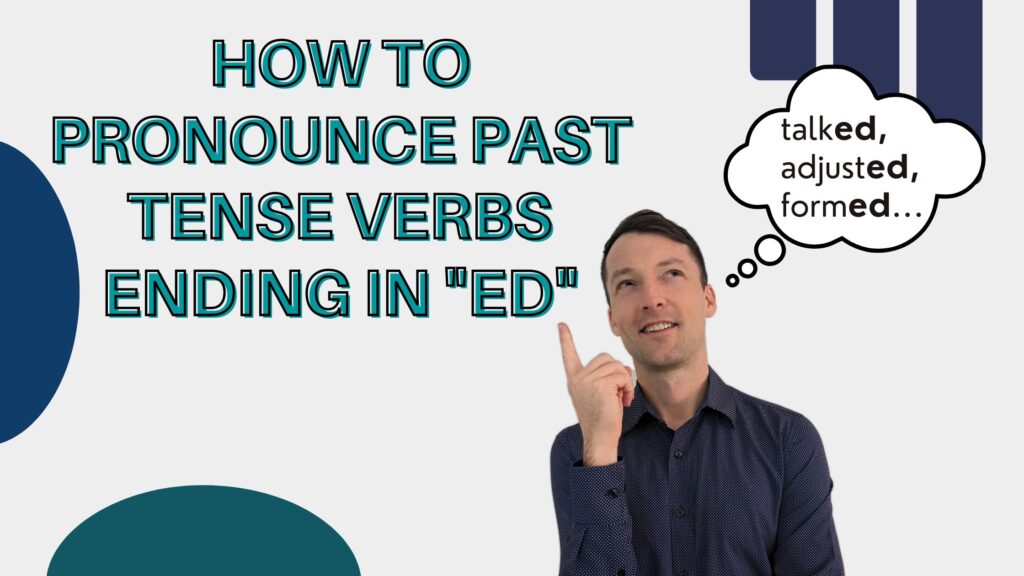Adverbs are words that give us more information. They modify or give us more information about verbs, adjectives, or other adverbs. In this posting I talk about 5 kinds of adverbs and the information they give you. I also show you how these words can give you more information about adjectives and other adverbs. Finally, I show you how they can be formed form adjectives. I will include many example sentences. The download at the end will give you more practice using and understanding these important words.
Let us look at how to form and use adverbs.
What are adverbs?
Adverbs modify or describe verbs, adjectives, or other adverbs. They answer the following questions: How?, When?, How often?, Where?, and To What degree? There are 5 types of adverbs. Each type answers a different question.
Adverbs of manner
These answer the question-How? They tell us how something is done.
Joe drives carefully. How does Joe drive? He drives carefully.
Maria slowly woke up. How dis Maria wake up? Slowly.
Adverbs of manner may be placed before or after the verb.
Adverbs of Time
These words tell us when something happened.
Yesterday I went to a movie. When did I go to a movie? Yesterday.
I flew to California a month ago. When did I fly to California. A month ago.
My friend exercises daily. When does my friend exercise? Daily.
Adverbs of Frequency
These also tell us about time. they tell us how often something happens. Here are some common adverbs of frequency.
- always–100% of the time
- almost always–90% of the time
- usually–80% of the time
- often–70% of the time
- sometimes–50% of the time
- occasionally–20% -30% of the time
- seldom–10% of the time
- rarely–5% of the time
- almost never–1%-2% of the time
- never–0% of the time
When we use the be verb, we place the adverb of frequency after the verb.
He is sometimes late for work. How often is he late for work? Sometimes.
She was never sick last year. How often was she sick last year? Never.
With all other verbs, the adverb of frequency comes first, and then the verb.
I usually go to church on Sunday. How often do I go to church on Sunday? Usually.
Adverbs of place
These tell us where something happens. Here are some common adverbs of place.
- nowhere
- anywhere
- everywhere
- outside
- inside
I looked everywhere, and I still couldn’t find my glasses. Where did I look? Everywhere.
We had a picnic outside. Where was the picnic? Outside.
Adverbs of degree
These words tell us how much of something is done. These words often come at the end of a sentence. They may actually be in the form of a phrase (several words).
My brother likes football a lot. How much does my brother like football? A lot.
She doesn’t like broccoli at all. How much does she not like broccoli? Not at all.
Using adverbs of degree to modify adjectives
We can use some adverbs of degree to modify adjectives. They give us more information about the adjective.
His wife is very beautiful. Beautiful is an adjective. It describes his wife. To what degree of how much is she beautiful?
Robert was not careful enough, so he got into a accident. Careful is the adjective. It describes Robert (or it describes what Robert was not). To what degree was he careful. Not enough.
My father was too tired to eat dinner. tired is an adjective. It describes my father. To what degree was he tired? He was too tired.
Using adverbs of degree to modify other adverbs
We use adverbs of degree to modify other adverbs when we want to add emphasis or intensity to the meaning of the sentence.
He drove very carefully. Carefully is and adverb of manner. It tells how he drove. Very adds intensity or emphasis to his driving. to what degree did he drive carefully? Very.
Forming adverbs from adjectives
Many adjectives can become adverbs. We can do this by adding the suffix ly or ily to the adjective. Ly in English corresponds to mente in Spanish or ment in French. Here are some examples.
1. quiet-quietly
He is a quiet person.
2. happy-happily
My dog was happy to see me.
My dog wagged his tail happily when he saw me.
3. possible-possibly
There are several possible endings to this story.
This ending can’t possibly be correct.
4. angry–angrily
My boss was angry at me.
My boss shouted angrily at me.
5. lucky-luckily
I was lucky. I won $1100.00.
Many people know that English words ending in ly are adverbs. That is usually true, but be careful. Some ly words are adjectives. Here are some examples.
- ugly–an ugly house
- lovely–a lovely woman
- friendly–a friendly person
When you see a word ending in ly, ask yourself, “Does it describe a verb, adjective, or another adverb?” If so, it is an adverb. If it describes a noun or pronoun, it is an adjective.
You now know that adverbs are words that describe or modify verbs, adjectives, or other adverbs. There are 5 types of adverbs: manner (how), time (when), frequency (how often), place (where), and degree (how much something is done). Adverbs of degree may modify an adjective or another adverb. Many adjectives can become adverbs by adding ly or ily. However, not all English words ending in these letters are adverbs. some are adjectives. The download will give give you additional practice using and understanding this important part of speech.
Idioms of the day
- to put two and two together–This means to gather all the facts and then come to a conclusion. My cousin was visiting me.
My gold necklace was on the table, but suddenly it was gone. Later I saw my cousin wearing it. I put two and two together and realized that she stole my necklace.
- to run hot and cold–This means to change constantly and be inconsistent. My boss confuses me
. One minute he tells me I can set my own hours. The next minute he yells at me for being late. He runs hot and cold about what time I need to start work.




